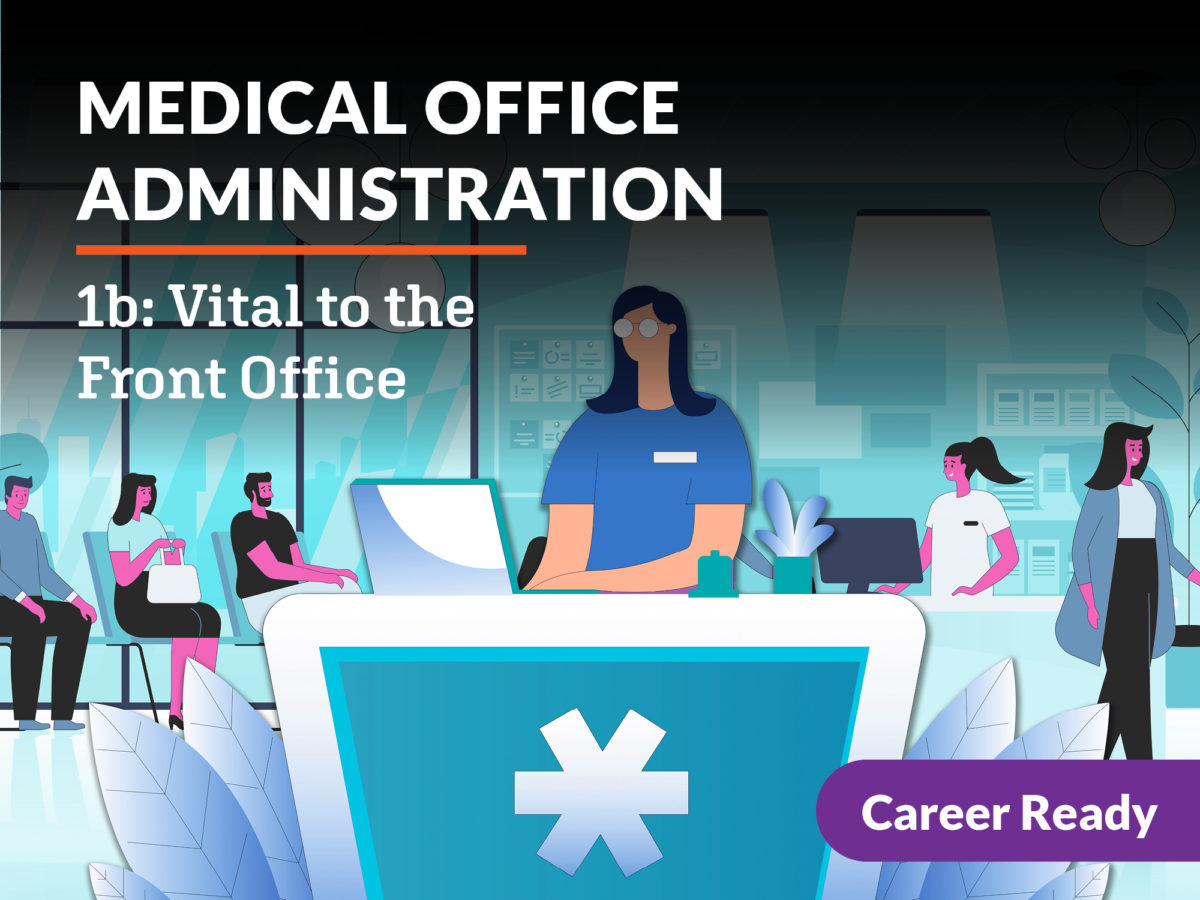Best Practices in Medical Administration for Improving Effectiveness and Decreasing Expenses
In the ever-evolving landscape of healthcare, the quest of best practices in medical management is critical for improving effectiveness and curbing expenditures. By incorporating sophisticated innovations such as electronic wellness records and telemedicine, healthcare companies can improve operations and boost individual care. Nonetheless, modern technology alone is not a remedy; optimizing source allowance and fostering collaborative interaction among treatment teams are just as essential (medical administration). As organizations make every effort to balance top quality and cost, what approaches should be prioritized to attain these double objectives? The response to these inquiries hold the key to a much more sustainable health care system.
Leveraging Advanced Technology
The assimilation of digital remedies right into medical care systems has transformed the means facilities run, simplifying procedures and improving patient care. By streamlining person details, EHRs eliminate the need for cumbersome documents and facilitate seamless interaction amongst health care suppliers.
Telemedicine is one more technological improvement that has revolutionized patient interaction. It uses convenience for both people and medical care specialists by allowing remote examinations, which can minimize the need for in-person check outs and optimize appointment scheduling. In addition, telehealth platforms can prolong medical care accessibility to country or underserved locations, connecting spaces in care delivery.
Furthermore, making use of Expert system (AI) and artificial intelligence is coming to be increasingly prevalent in predictive analytics, permitting for early discovery of prospective health and wellness concerns and more informed decision-making. These technologies, when incorporated successfully, can boost analysis accuracy and customize person treatment strategies, inevitably causing boosted health care results and functional efficiency.
Optimizing Source Allowance
By tactically managing sources such as employees, equipment, and financial resources, medical care centers can dramatically boost their operational performance, enhance client outcomes, and minimize unnecessary expenditures. The initial step in maximizing resource appropriation entails conducting a detailed assessment of existing assets and identifying areas where sources might be underutilized or overextended.
Prioritizing resource appropriation based upon person demands and service needs is necessary. This entails aligning sources with high-demand locations, such as emergency treatment or specialized therapies, to guarantee prompt and effective patient care. Applying flexible staffing models can also enhance labor resources by changing personnel allocation in action to changing patient quantities. Furthermore, accepting telemedicine and other technical options can minimize physical source restraints by providing different opportunities for patient-provider interactions.
Monetary resources ought to be meticulously monitored and designated with calculated insight to sustain both short-term operational demands and long-term institutional goals. This includes investing in training programs that boost staff proficiencies and taking on energy-efficient methods that reduce functional expenses (medical administration). Eventually, an enhanced resource allocation approach promotes a lasting healthcare setting that is responsive, efficient, and monetarily sensible
Streamlining Process Procedures
When health care facilities purpose to improve functional effectiveness, improving operations processes becomes a crucial focus. Effective operations reduce redundancy, remove unneeded steps, and boost coordination among health care experts. This method not only accelerates service shipment however also enhances the top quality of person treatment.

Following, modern technology integration plays a significant role in enhancing process. Implementing electronic wellness records (EHRs) and computerized medical professional order entrance (CPOE) systems lowers paperwork, lessens human error, and guarantees details is obtainable to all relevant workers. Furthermore, leveraging telemedicine platforms can simplify client consultations and follow-ups, reducing the strain on physical framework.

Eventually, structured process cause set you back decreases and boosted patient complete satisfaction, promoting a more sustainable healthcare environment.
Enhancing Information Management
Structure upon streamlined workflows, optimizing data monitoring comes to be an essential part in progressing health care administration. Effective information administration systems are vital for preserving precise client records, improving decision-making, and guaranteeing compliance with governing criteria. By carrying out robust information monitoring options, healthcare centers can improve the high quality of patient treatment while simultaneously lowering functional costs.
One trick element of enhancing information administration is the integration of innovative electronic health document (EHR) systems. These systems help with the smooth exchange of individual information throughout different departments, minimizing duplication of examinations and reducing mistakes. A well-designed EHR system sustains data analytics, making it possible for doctor to identify fads and make informed choices regarding person care.
Additionally, safeguarding individual data is vital. Taking on detailed cybersecurity measures, including security and regular audits, makes sure the honesty and confidentiality of sensitive info. This not just protects clients yet also preserves the organization's reputation.
Purchasing staff training is another critical variable. Educating medical care specialists on information management techniques enhances their capacity to efficiently use modern technology, bring about boosted individual outcomes. In conclusion, boosting information administration with sophisticated modern technology and comprehensive training is necessary for attaining performance and price decrease in clinical management.
Fostering Collaborative Interaction
A crucial element beforehand medical administration is fostering collaborative communication among healthcare professionals. Effective communication is critical for guaranteeing seamless patient care, optimizing therapy end results, and lessening errors. By motivating open discussion and sychronisation across multidisciplinary groups, medical care companies can improve their operational efficiency and reduce unneeded expenses.
Central to this method is the integration of interaction modern technologies such as digital health documents (EHRs) and safe and secure messaging systems, which help review with the rapid exchange of essential person details. These tools make it possible for doctor to gain access to and share data in actual time, guaranteeing that all team participants are notified and aligned in their decision-making procedures. Normal team conferences and interdisciplinary rounds can even more advertise a culture of cooperation and responsibility.
Educating programs focused on enhancing interaction abilities are additionally necessary. These programs can assist team establish the capacity to share info plainly and listen proactively, hence minimizing misunderstandings and promoting a helpful workplace. Furthermore, adopting standard interaction protocols, such as SBAR (Circumstance, History, Assessment, Suggestion), can simplify the exchange of information, making sure that crucial information pop over to this web-site are shared succinctly special info and efficiently. Eventually, cultivating collaborative communication leads to enhanced medical care distribution and cost savings (medical administration).

Verdict
Including advanced technology, such as electronic health records and telemedicine, alongside optimized resource allocation and streamlined process procedures, is crucial for improving effectiveness in clinical administration. Efficient data management and fostering collaborative communication among healthcare teams are crucial for minimizing redundancies and improving treatment top quality. By focusing on precautionary care and involving in top quality enhancement efforts, health care organizations can attain substantial expense savings and improved person results, therefore making certain lasting health care delivery in a significantly intricate atmosphere.